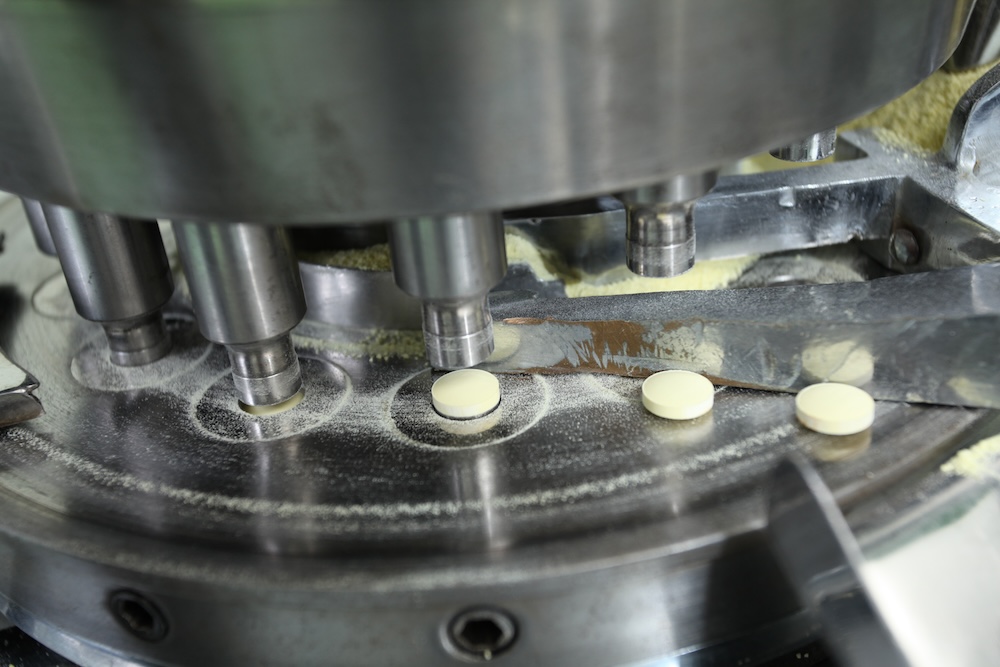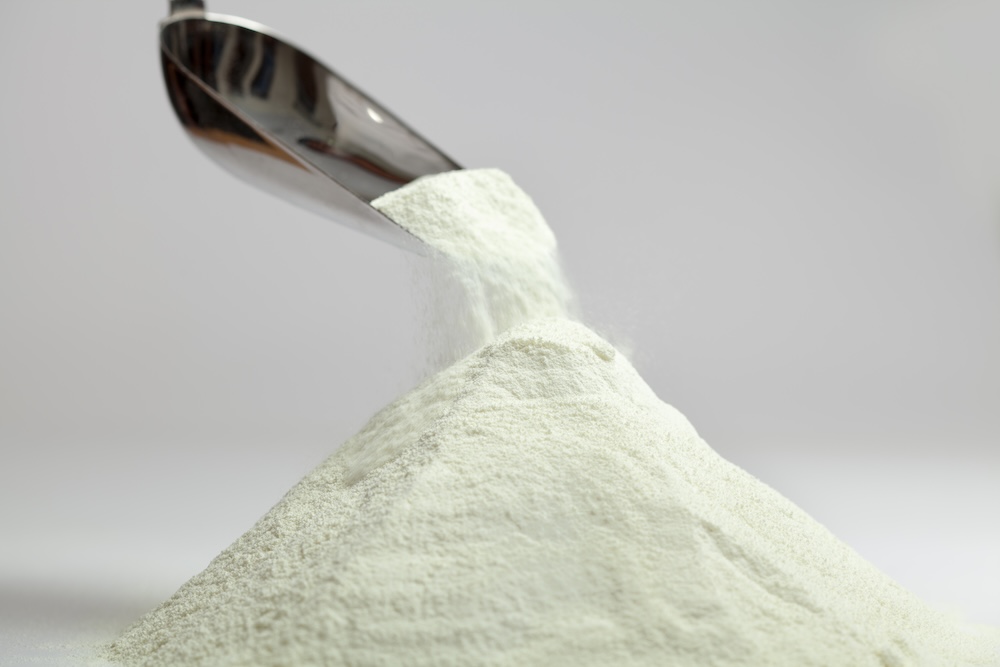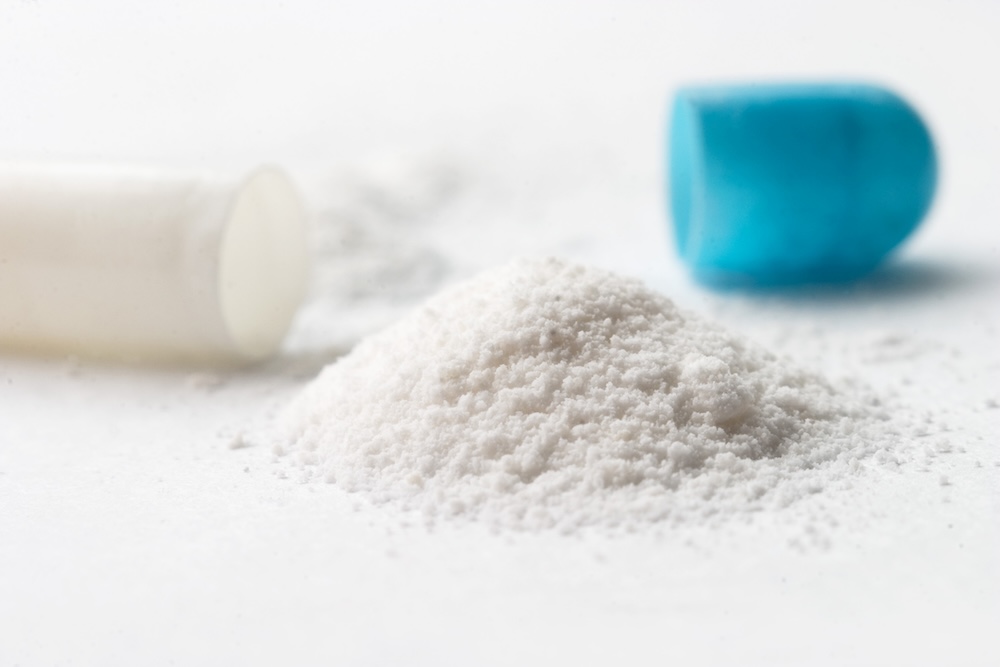The way powder flows and blends directly affects product quality, regulatory compliance, and overall manufacturing efficiency.
Consistency. That is what every pharmaceutical product depends on, especially when working with powders. For small pharmaceutical companies, limited batch sizes and tighter budgets leave very little room for waste, inefficiency, or failed batches. Understanding and controlling powder blend and flowability issues can make the difference between a smooth production run and one plagued with delays, deviations, or recalls.
Understanding Powder Flow and Blend Uniformity
What Is Powder Flow?
Powder flow refers to how freely a powder moves through hoppers, feeders, and into final dosage forms. Several factors can affect this, including:
- Particle size distribution: Fine particles tend to stick together, while larger ones may flow better.
- Powder cohesiveness: Sticky or electrostatically charged powders resist movement.
- Bulk density: Powders with inconsistent density may not feed evenly into equipment.
Poor flow can cause blockages, inconsistent fills, and unnecessary wear on powder processing equipment. The FDA’s draft guidance on powder blends underscores the impact of these physical properties on dose uniformity and product performance, in line with 21 CFR 211.110, which requires in-process controls to monitor uniformity during production.
What Is Blend Uniformity?
In formulations containing powders, each unit must deliver the intended active ingredient (API), whether it is a tablet or a scoop in a stick pack. That is where dose uniformity comes in.
A uniform blend means that the API and inactive ingredients are evenly distributed, reducing the risk of a sub-therapeutic or toxic dose. This is especially critical for low-dose drugs and dietary supplement blends where even slight variations can matter.
Why Powder Flow Matters in Manufacturing
The performance of any production line in pharmaceutical manufacturing depends heavily on powder flow. If powders clump, segregate, or settle unevenly, it can lead to:
Inconsistent dosing during compression or filling
- Tablet weight variation
- Poor content uniformity
- Equipment downtime
When using an auger filler, vibratory feeder, or tablet press, smooth and controlled powder movement is essential for efficient operation. This is particularly true during formulation scale-up and manufacturing process scale-up, where issues often become more visible.
Common Causes of Poor Flow and Segregation
Powder segregation is one of the biggest risks to oral solid dose products. It often happens due to:
- Wide variation in particle size distribution
- Inadequate mixing time
- Vibration during handling or transport
- Differences in bulk density among components
Improper handling or equipment design can undo hours of careful blending, leading to uneven distribution of the API across the batch.
How to Improve Powder Blend and Flow
Process Techniques
Granulation to improve flow is one of the most common methods. It reduces fines and promotes a more consistent feed into equipment by forming larger, more uniform granules.
Some formulations benefit from the use of flow aids, such as silicon dioxide or magnesium stearate. These are added in small amounts to reduce friction, thereby enhancing powder flow.
Equipment Considerations
Choosing the right powder blending equipment and powder-handling tools can also help:
- V-blender: Gentle, effective blending for many oral solid dose products.
- Bin blender: Useful for larger batches or when flexibility is needed in handling.
- High-shear mixer: Ideal for wet granulation processes and dense API mixes.
- Vibratory feeder: Helps maintain consistent powder flow into downstream equipment.
When selected and operated correctly, these tools help minimize flowability issues and improve blending consistency.
Testing and Characterization
Start by measuring, because control is not possible without data. Testing helps identify risks before they escalate.
Common tests include:
- Angle of repose
- Flow rate through an orifice
- Compressibility index
- Bulk density testing
Characterization of flow behavior should be built into both formulation development and routine production checks. Recent research also emphasizes the value of these tests in predicting flow behavior and optimizing formulation early in development.
Quality and Regulatory Considerations
Regulatory agencies care about dose uniformity and blend consistency because patients’ safety depends on them. The FDA’s guidance document points to these as key quality markers for making sure each dose does what it is supposed to. Problems with flow or blend can result in batch failures.
By applying quality by design (QbD) principles and process monitoring, small pharma companies can build robust processes that hold up to scrutiny.
Operational and Financial Impact
Flow issues do not just affect product quality; they cost money, too. Problems with flow often mean:
- Slower line speeds
- Higher reject rates
- More downtime and maintenance
- Extra labor for cleaning and rework
- Market recalls
For small companies, these hidden costs quickly add up. Getting the blend and flow right from the beginning protects both the bottom line and the product’s performance.
Optimize Powder Blend and Flow With Vici Health Sciences
Small pharma companies cannot afford to overlook blend uniformity and powder flow. These factors affect every aspect of your product from the first development batch to commercial scale production.
Here is what we recommend:
- During formulation development, evaluate particle size distribution, bulk density, and powder cohesiveness.
- Use granulation to improve flow when particle variation is too high.
- Select powder processing equipment that suits your formulation’s needs.
- Add flow aids when needed to improve consistency.
- Validate your process with flow testing before and during manufacturing process scale-up.
At Vici Health Sciences, we specialize in developing and scaling formulations containing powders, including powder in capsules, powder in sachets, powder in bottles, and stick packs. We support both pharmaceutical and dietary supplement products through every stage, from formulation through commercial manufacturing.
Let us help you simplify your process, solve your flowability challenges, and scale your product with confidence. Contact us to discuss your formulation or manufacturing needs today.







